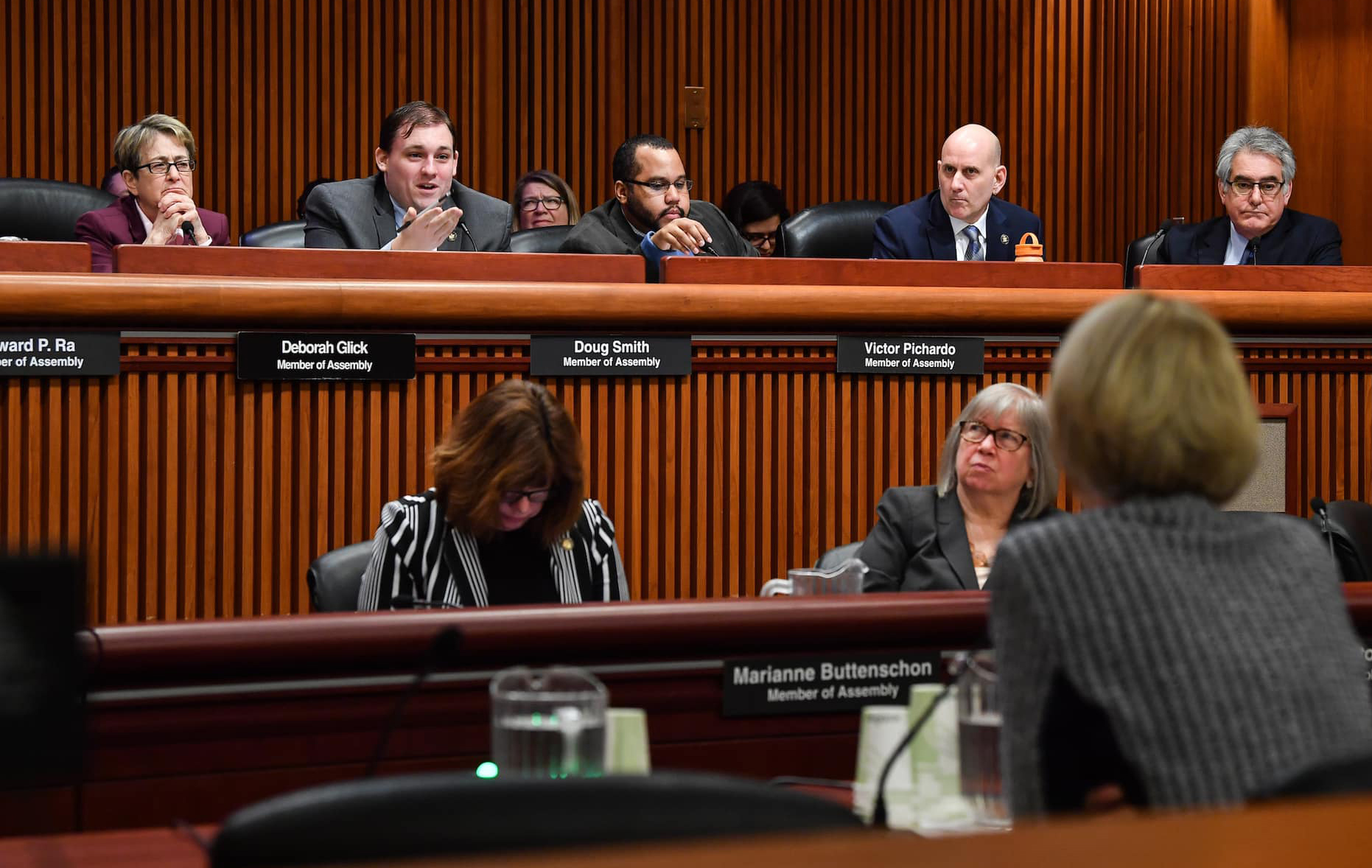An audit released Tuesday by New York State Comptroller Thomas DiNapoli found that the state’s Medicaid program paid $965.1 million in claims over a five-year span to medical professionals not enrolled in the health insurance program.
The audit claimed that most of those errors took place during the first three years of the review.
The errors were tied to eMedNY, the claims processing system utilized by the state Department of Health to handle Medicaid payments to providers. The system continued to pay claims to providers not certified to care for Medicaid enrollees.
Auditors found nearly $6 million in claims processed for providers that had been debarred from New York’s Medicaid program.
In a statement, DiNapoli said the audit showed the payment system needs to be addressed, especially since it paid claims to providers not enrolled in Medicaid.
“This not only costs taxpayers but also allows providers who should be excluded, and may be unqualified, to treat patients,” he said. “DOH must improve its efforts to fix the shortcomings with its billing system.”
In an interview with The Messenger, New York State Assemblyman Doug Smith of Holbrook took it a step further calling for a complete restructuring of the Department of Health.
“The state health department is too big, too powerful, completely unresponsive, and accountable to no one,” Smith said. “The same New York State Health Department that forced COVID-positive patients into nursing homes for weeks before changing course in 2020 has paid out almost $1 billion to health care providers who are not qualified to accept payment. It’s time for a serious restructure.”
The bulk of the payment errors were made to nursing homes across the state. Auditors found nearly 811,000 claims for referrals and orders to nursing homes that accounted for $628.5 million of the payments. In-patient facilities accounted for more than 35,000 erroneous claims valued at $221.6 million.
DiNapoli’s report noted that state officials made changes to eMedNY in February 2018 to take care of many erroneous payment issues. Nonetheless, auditors still found more than $45 million in wrongful payments released after the changes were implemented.
Medicaid covers a significant amount of New Yorkers’ health-care needs. According to state budget projections, about 7.1 million people were covered in fiscal year 2021, representing more than a third of the state’s population. Most of the funding comes from the federal government, as state documents show that $49.6 billion of the $79.8 billion in Medicaid funding for fiscal year 2021 came from Washington.
DiNapoli’s report calls for the Medicaid program to review the payments made and determine if any recovery efforts should be taken.
The audit suggests, among the other recommendations, educating providers on requirements for OPRA services, which is an acronym for ordering, prescribing, referring or attending. State regulations require physicians and other medical professionals to be enrolled in the system.
In its response, DOH said it reviewed a sample of the claims audited and found that the claims were paid appropriately. In some instances, DOH said the claims had an actively attending provider – such as a physician, nurse practitioner or specialist – involved. Those cases do not require an order or referral.
However, DiNapoli said none of the claims DOH reviewed were part of the “final scope of the audit” and were excluded from the report. His office then provided specific examples of claims it used for the review.
DOH, the Office of Persons with Developmental Disabilities “and other related agencies confirmed that the claim examples we provided did not comply with OPRA requirements,” the audit stated.
“Investigating the problem is well and good,” Assemblyman Smith concluded, “But we know what the problem is—the department is too big to be managed effectively. It’s time to condense its reach and reassess its authority in New York.”




